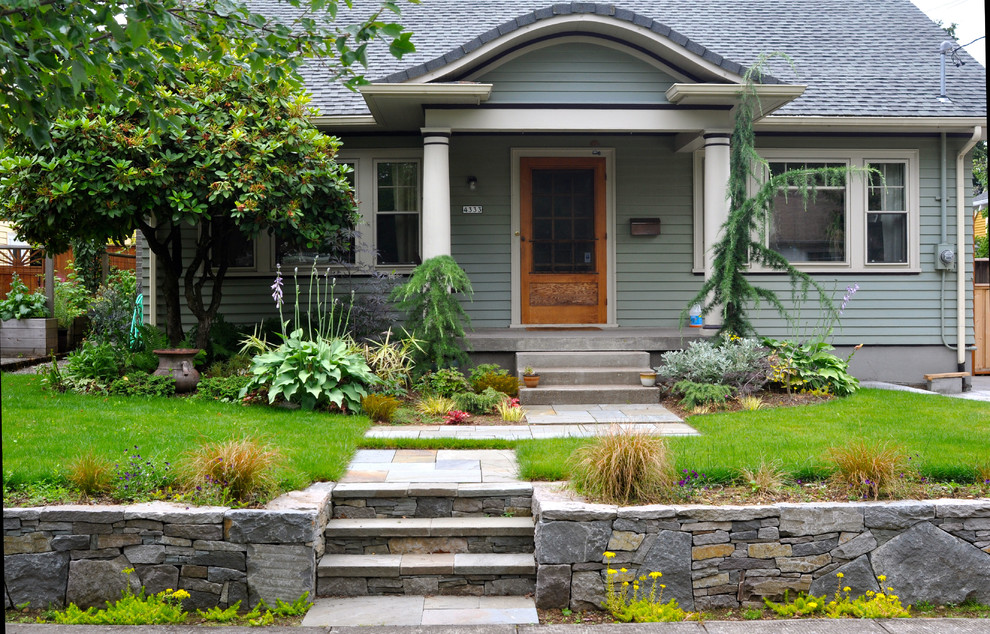Whether you strategy to “borrow ideas” or strategy on Portland landscaping design, you should have at the very least a fundamental knowing of the foundations of landscape style.
Do not experience that you have to apply every concept to all the parts of your strategy. Just having knowledge of these principles can help you generate concepts and increase your creativeness.
Great Portland landscaping design can be found in the eyes of the designer. Therefore, while the foundations of landscape style are fantastic recommendations to adhere to, do not experience like they are the “have to rules” of Portland landscaping design. Subjective and creativeness are allowed.
Unity should be one of your priority objectives in your style. It may be better recognized, applied as reliability, and duplicating. Repetition makes oneness by duplicating as well components like vegetation, place categories, or decorations throughout the landscape. Consistency makes oneness in the experience that some or all of the different aspects of the landscape fit together to produce a whole.
Unity can be designed by the reliability of personality of components in the style. By personality, I mean the size, size, structure, colors, etc. of different components. An excellent example would be in the use of feature stones and stones. If you have ever seen a landscape style that had several different sizes and colours of stones, then you have seen that oneness was not designed by this particular factor.
This is just one example but the key is applicable to all other components such as multiple vegetation and materials. An easy way to develop oneness in your landscape is by developing concept landscapes. Making a topic lawn is easier when it has associated with something you are enthusiastic about or have a passion for.
If you’re enthusiastic about seeing stars for example, you could build a topic using vegetation that entice seeing stars as well as using sculptures, decorations, and other decorations that are associated to seeing stars. Simplicity is actually one of the foundations in style and art. It is one of the best recommendations you can adhere to as a beginner or do it yourselfer. Just keep things easy to begin with. You can do more lately.
Simplicity in growing, for example, would be to pick two or three shades and repeat them throughout your lawn or landscape. Maintaining decorations to a minimum and within a particular concept as well as keeping hardscapes such as stones reliable is also exercising convenience. Symmetrical stability is where there are more or less similarly spread related components, areas, and forms of your lawn style. With an outdoor similarly separated, both ends could discuss all or section of the same form, kind, place size, place categories, shades, bed forms, concept, etc.
You may remember developing something like this when you were a kid in art class at school. Asymmetrical stability on the other hand is one of the foundations of landscape style that’s a little more complex. While designs, forms, shades, etc. may remain continuous to develop some oneness, forms and hardscapes may be unique. This way of stability often has separate or different themes with each having an equal but different kind of fascination.
Asymmetrical may be better recognized as actually being uneven, abstract, or free form while still developing oneness and stability through the duplicating some components.
An excellent example of this would be where bed forms or routes vary on both ends of the Portland landscaping design splitting range while still discussing some of the same components and vegetation. Both ends could be rounded with a feeling of flow while the other aspect is directly, direct, hard, and in direct contrast. Again, oneness and stability will be designed through other components. Contrast can be fascinating and this kind can make a nice comparison. Streaming lines are attractive to the eye but the strong comparison of a bend combined with an upright range can be fascinating.

